1-D Kinematics - Lesson 1 - Describing Motion with Words
Introduction to the Language of Kinematics
A typical physics course concerns itself with a variety of broad topics. One such topic is mechanics - the study of the motion of objects.  The first six units of The Physics Classroom tutorial will involve an investigation into the physics of motion. As we focus on the language, principles, and laws that describe and explain the motion of objects, your efforts should center on internalizing the meaning of the information. Avoid memorizing the information; and avoid abstracting the information from the physical world that it describes and explains. Rather, contemplate the information, thinking about its meaning and its applications.
The first six units of The Physics Classroom tutorial will involve an investigation into the physics of motion. As we focus on the language, principles, and laws that describe and explain the motion of objects, your efforts should center on internalizing the meaning of the information. Avoid memorizing the information; and avoid abstracting the information from the physical world that it describes and explains. Rather, contemplate the information, thinking about its meaning and its applications.
 The first six units of The Physics Classroom tutorial will involve an investigation into the physics of motion. As we focus on the language, principles, and laws that describe and explain the motion of objects, your efforts should center on internalizing the meaning of the information. Avoid memorizing the information; and avoid abstracting the information from the physical world that it describes and explains. Rather, contemplate the information, thinking about its meaning and its applications.
The first six units of The Physics Classroom tutorial will involve an investigation into the physics of motion. As we focus on the language, principles, and laws that describe and explain the motion of objects, your efforts should center on internalizing the meaning of the information. Avoid memorizing the information; and avoid abstracting the information from the physical world that it describes and explains. Rather, contemplate the information, thinking about its meaning and its applications.
Kinematics is the science of describing the motion of objects using words, diagrams, numbers, graphs, and equations. Kinematics is a branch of mechanics. The goal of any study of kinematics is to develop sophisticated mental models that serve to describe (and ultimately, explain) the motion of real-world objects.
In this lesson, we will investigate the words used to describe the motion of objects. That is, we will focus on the language of kinematics. The hope is to gain a comfortable foundation with the language that is used throughout the study of mechanics. We will study such terms as scalars, vectors, distance, displacement, speed, velocity and acceleration. These words are used with regularity to describe the motion of objects. Your goal should be to become very familiar with their meaning.







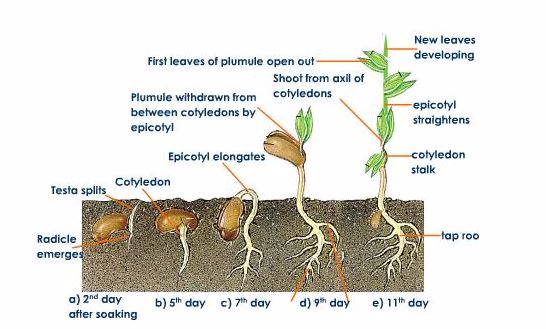
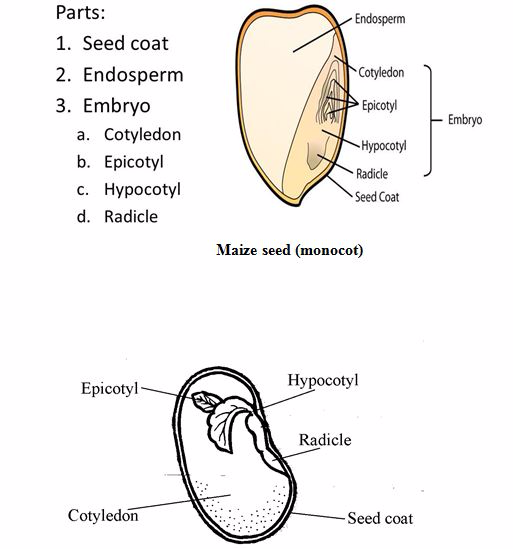
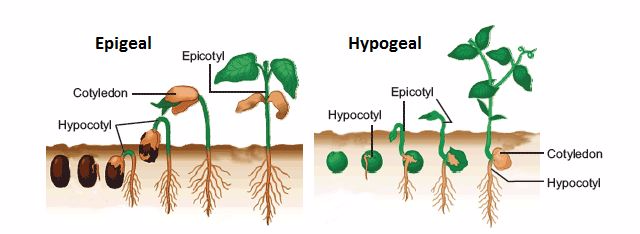
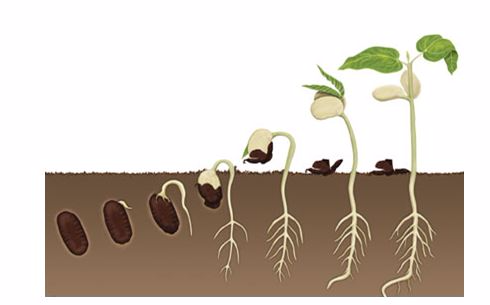
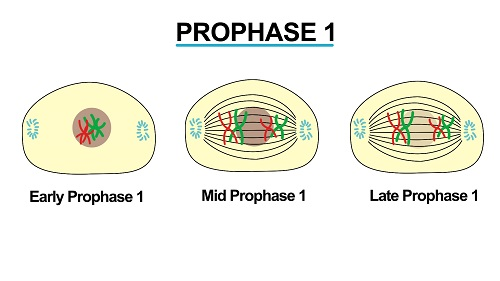
_1449224553694.png)
_1449224858517.png)
_1449225041379.png)







